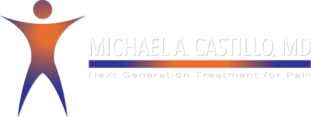Peripheral Neuropathy in Cancer Patients
Identifying the causes of peripheral neuropathy in cancer patients can be difficult. There are many common causes of peripheral neuropathy in cancer patients. Neuropathic pain is defined as pain caused by a lesion or disease of the somatosensory nervous system. Peripheral neuropathies arise from disorders associated specifically within the peripheral nervous system. Symptoms of peripheral […]
 Skip to content
Skip to content
